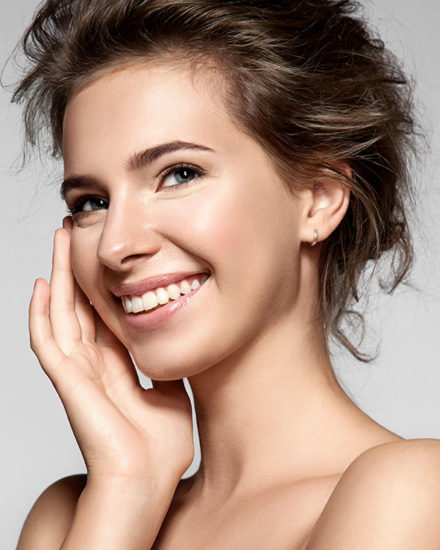Laser skin resurfacing treatments have become an integral part of anti-aging regime for most people. In the past, laser treatments were painful and had long downtime and they were not a popular choice for busy men and women.
In recent years, people have once again become more receptive to laser resurfacing as new medical technology has improved the effectiveness of the treatment with shorter downtime. As with all medical aesthetic treatments, there are beneficial outcomes and potential risks. In this article, we aim to address some common questions people have when it comes to laser resurfacing treatments.
How Does Laser Resurfacing Treatment Work?
- Ablative laser – To remove superficial layers of dead skin. Most ablative laser treatments include carbon dioxide (CO2) laser and the erbium laser.
- Non-ablative laser – This does not break the skin. It stimulates collagen growth and tightens underlying skin.
What Is the Difference Between Ablative Laser or Non-Ablative Laser Treatment?
The difference between ablative and non-ablative laser treatment is that ablative lasers remove the superficial layers of the skin, while non-ablative laser does not break the surface of the skin. Non-ablative lasers heat up the underlying skin tissue to stimulate collagen production.
Should I Undergo Ablative Laser or Non-Ablative Laser Treatment?
Ablative lasers are a great option for people who want to treat mild to moderate wrinkles, facial scars, and skin pigmentation. Good results can be seen with just one treatment. However, it is common for people to experience some swelling, redness, and crusting of the skin for a few days.
On the other hand, non-ablative lasers are great for people who want to improve general skin texture. Some non-ablative lasers can also treat fine lines, mild wrinkles and pigmentations too. One session is normally not sufficient to see obvious results but downtime is significantly shorter.
Who Is A Good Candidate For Ablative Laser or Non-Ablative Laser Treatment?
- General signs of facial aging
- Deep scars, wrinkles and fine lines
- Want to see fast results
- Can experience long downtime
- Younger people looking for general anti-aging treatment
- Experiencing mild to moderate signs of aging
- Not able to tolerate long downtime
- Willing to undergo a few sessions to see results
What Are My Options?
It depends on the treatment depth you need as well as your lifestyle. Your doctor may choose from one or from a combination of the following treatments, depending on your skin type:
CO2 Laser Skin Resurfacing is an effective procedure to reduce wrinkles, fine lines and acne scars on the face. Its precise and gentle treatment makes it an effective treatment to be used for delicate areas such as around the eyes and mouth.
PicoSure Laser is a new generation laser that delivers ultrashort laser pulses in picoseconds. It is a 755nm wavelength Alexandrite laser technology that leverages on picosecond technology to treat a wide range of skin issues such as scars, pigmentation, melasma, and tattoo.
Dual Yellow Laser technology obtained FDA approval to treat vascular and pigmented lesions. It relies on copper bromide technology that offers multi-wavelength technology to treat stubborn dark pigments. Dual Yellow Laser is a non-ablative laser that uses strong green and yellow laser to penetrate the skin without breaking it.
The best way to find out which treatment is right for you is to schedule a consultation with a qualified doctor to discuss your options based on your aesthetic goals.






